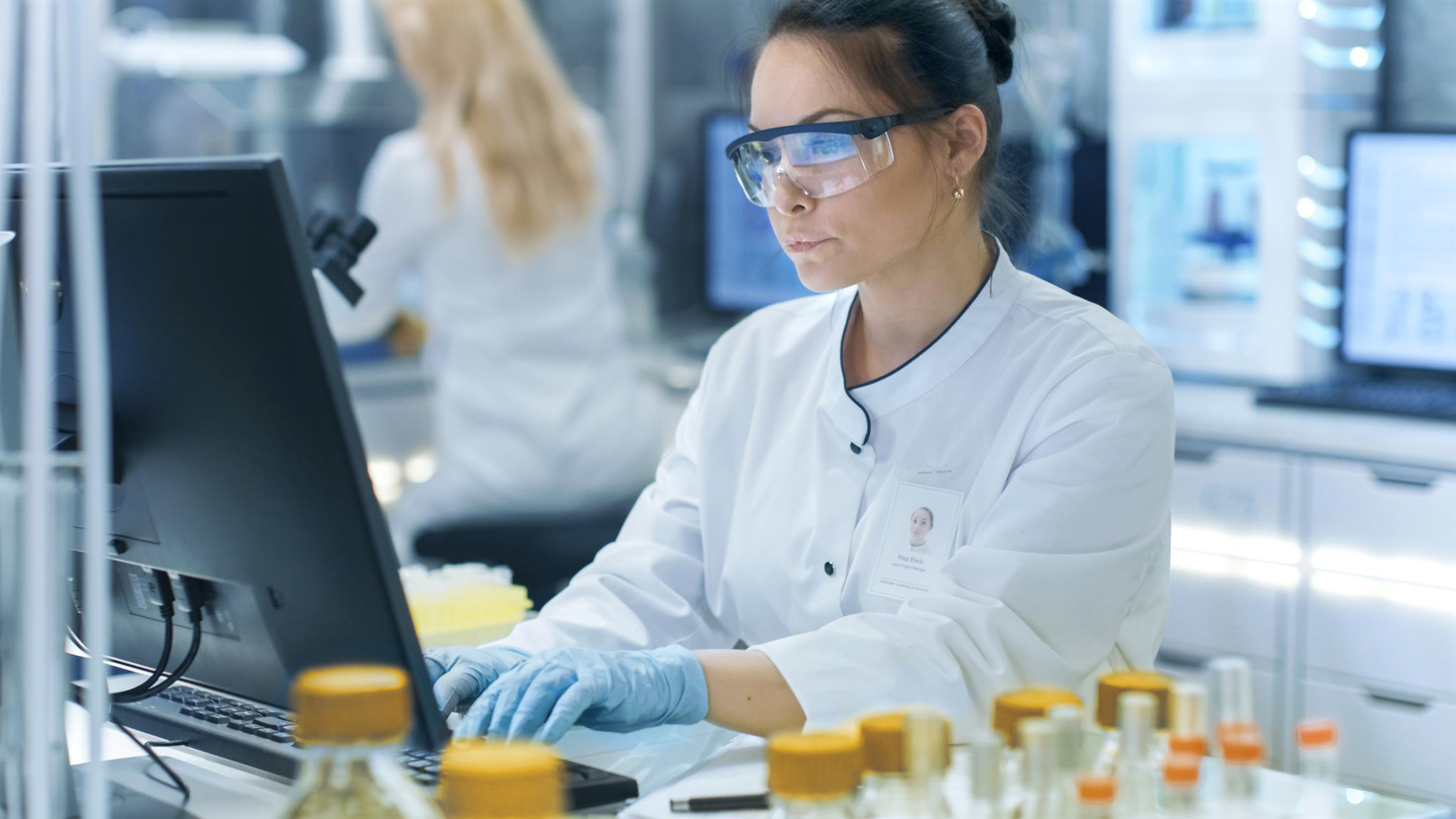Measurement of catalyst surface area and porosity
Intertek measures catalyst surface area, porosity and other important catalyst measurement factors. We provide world-class expertise in both catalyst surface area analysis and catalyst porosity testing.
Catalyst Surface Area Analysis:
Total catalyst surface area is usually measured by nitrogen adsorption using the BET method. This is a fundamental characteristic of most heterogeneous catalysts and liable to change during preparation, conditioning, in use and particularly if exposed to excessive temperatures. Changes occurring during catalyst life are almost always in the direction of catalyst surface area loss.
Catalyst Porosity Testing:
Catalyst porosity can be characterised by adsorption isotherms, usually with nitrogen. Apart from closed pores and macropores (>50 nm), total pore volume and pore size distribution can be measured. The size distribution is often important to ensure efficient transport of reactants and products to and from the active surface. In some catalyst systems, smaller sizes are also used to limit unwanted reactions. Reaction by-products and feedstock impurities can result in loss of loss of activity through pore blockage. Pore volume and size distribution can be used to detect such processes by comparing used catalysts with fresh. Electron microscopy (SEM and TEM) can be very helpful in understanding the nature of the catalyst porosity and any blockages, complementing numerical values.
BET: Brunauer Emmett Teller particle surface area measurements, also known as Brunner Emmet Teller.
Catalyst Testing

